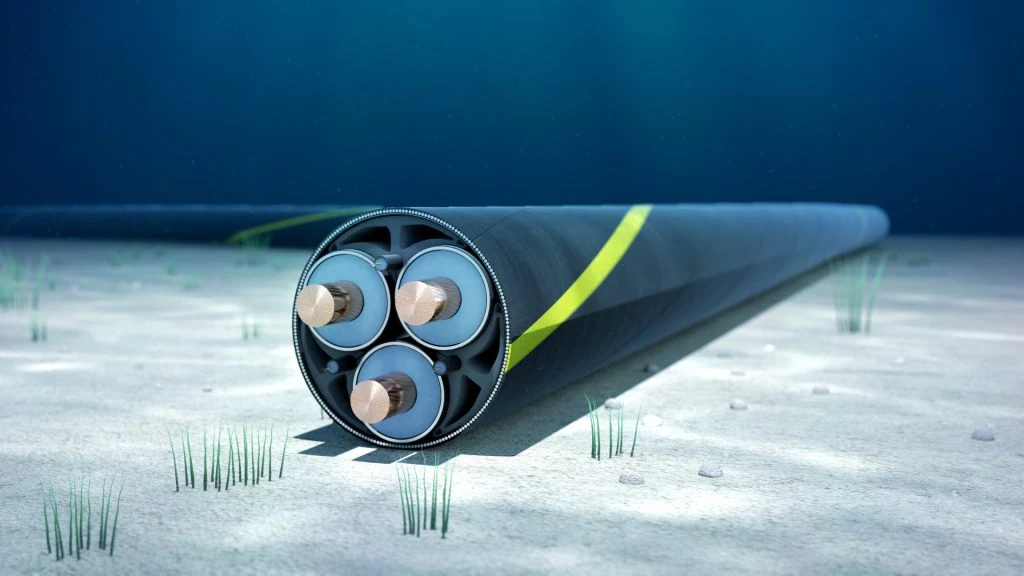Underwater fiber optic cables in the Red Sea were damaged, causing delays to Microsoft’s Azure cloud service. The company was able to reroute the data traffic via alternative routes.
Users of Microsoft’s Azure cloud service are currently experiencing longer response times after underwater cables were damaged in the Red Sea. The software company confirmed the disruptions and referred to problems with internet data traffic through the Middle East.
Microsoft did not comment on the causes of the cable damage. However, the company said it had already rerouted the affected data traffic via other connection routes. Reports over the weekend had already pointed to cable failures affecting the UAE and Asian countries.
Underwater fiber optic cables form the foundation of international Internet communication and connect the continents with each other. Microsoft informed about the situation on Saturday: Azure connections through the Middle East could have “extended latency due to fiber breaks in the Red Sea”. Data traffic outside of this route remains unaffected.
Starting at 05:45 UTC on 06 September 2025, network traffic traversing through the Middle East may experience increased latency due to undersea fiber cuts in the Red Sea. Network traffic is not interrupted as Microsoft has rerouted traffic through alternate network paths. We do expect higher latency on some traffic that previously traversed through the Middle East. Network traffic that does not traverse through the Middle East is not impacted. We’ll continue to provide daily updates, or sooner if conditions change.




